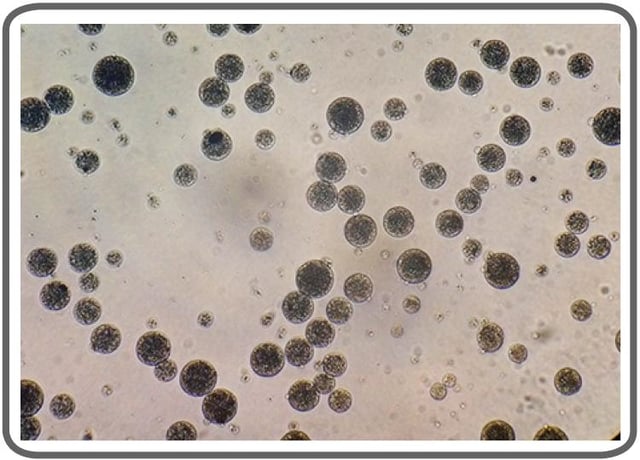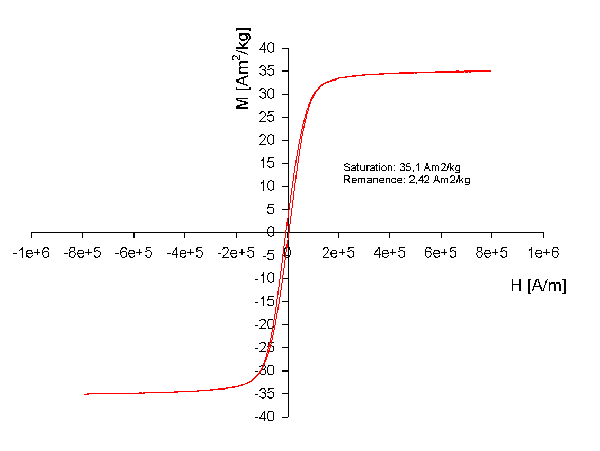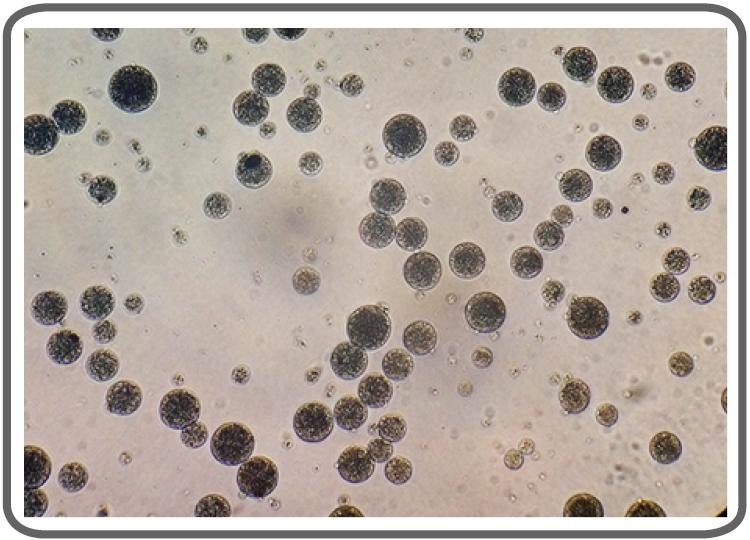Using magnetic beads for protein purification has many advantages compared to non-magnetic procedures. Instead of separating the beads through centrifugation, by filtration in gravity columns, or using chromatography systems, magnetic beads can easily be separated by applying a magnetic force. Biomagnetic separation makes process optimization quick and easy. Proteins can be efficiently captured even from small volumes and if expression rates are low. Moreover, with magnetic beads, the principle of separation is the same regardless of volume, so that it can be scaled from microliters of test reactions to protein purification from liters of cell lysate. Another possible application is immunoprecipitation, which can even be automated.
However, biomagnetic protein purification materials are still not as common as chromatography, centrifugation, or filtration products. Therefore, first-time users of magnetic separation often find it difficult to choose the right product for their application. The following short summary shall support you in finding the optimal product for your process, focusing on the three main characteristics of magnetic beads: Magnetic core, surface chemistry, and size.
 Fig. 1: PureCube MagBeads at 100x magnification.
Fig. 1: PureCube MagBeads at 100x magnification.
Magnetic Core
Magnetic beads used in protein purification contain a magnetic core made of magnetite which is covered in different materials. The magnetic behavior is typically either ferri (or ferro-) magnetic, or superparamagnetic.
- Ferri/Ferromagnetic magnetic cores are typically larger (>30 nm) and show a strong magnetic moment. They retain this magnetic moment even after removal of the magnetic field. This effect is called "magnetic remanence". The strong magnetic field leads to a fast separation of beads in the magnetic field. At the same time, it can sometimes show self-magnetism and attach to metal surfaces.
- Superparamagnetic magnetic cores are generally smaller (5-30 nm), and their magnetic moment is weaker. When the outer magnetic field is removed, the beads lose their magnetism. The separation of the beads in the magnetic field typically takes longer or is less efficient. At the same time, the use on metal surfaces is facilitated.
- Magnetic Remanence and Saturation: The magnetic behavior of magnetic beads is described by its magnetic properties. When applying a magnetic field, H, the magnetometer records the resulting magnetic moment of the particles, M. The two main characteristics are Remanence and Saturation. H is first defined as the residual magnetism of the particles in absence of an external magnetic field. The saturation level is defined as the maximal magnetic moment of the particles. For its use in protein purification, the magnetic beads need to have a strong saturation signal, but show a very low remanence in the absence of a magnetic field in order to prevent bead aggregation.

Fig. 2: Alternating gradient magnetometer (AGM) measurement of PureCube MagBeads. Data kindly provided by Dipl. Ing. Moritz Ebeler, Karlsruhe Institute of Technology, Germany
Surface Chemistry
A second key point of magnetic beads is its surface chemistry, describing the material that is covering the magnetic core. The three main used materials are:
- Agarose, which forms a three-dimensional hydrophilic mesh with neutral charge. Similar to non-magnetic agarose, it is very well suited to bind to proteins, e.g. via affinity ligands. The large interacting surface leads to high binding capacities. Its neutral surface reduces non-specific binding.
- Polyvinyl beads have a carboxylate surface, which can be rather rough (by addition of carboxylate brushes), or rather smooth. Both variants sometimes show unspecific binding to proteins. Their surface area available for protein binding is smaller than that of agarose coated beads, therefore they are typically smaller in size (1-2 µm) to provide the same binding capacity.
- Silica beads are most widely used for nucleic acid purification. They become negatively charged at pH >3, and often show non-specific binding in protein purification.
Size
The third important characteristic of magnetic beads is the size. Magnetic beads come in different sizes, which have an impact on handling and purification results.
- Small beads (1-10 µm) provide high surface areas available for protein purification but a smaller magnetic moment, which can negatively influence separation, especially from viscous solutions.
- Medium beads (20-40 µm) provide efficient separation and large surface area. When combined with agarose surfaces, binding capacities can be in the same range as small polyvinyl beads.
- Large beads (70-120 µm) have advantages for special applications, e.g. when purification methods contain both magnetic separation and filtration. When combined with agarose surfaces, binding capacities can still be sufficient.
Depending on the application, combinations of characteristics (magnetic core/surface chemistry/size) should be chosen. Polyvinyl and silica beads are mostly manufactured in small sizes to have a high enough surface area, whereas agarose manufacturers take advantage of the porosity of the materials and provide medium or large beads which are easier to separate and possess high surface areas.
If this post has helped you understand specifications, you might want to contact magnetic bead manufacturers and discuss how to find the best solution for your protein purification process.
Dr. Ute Boronowsky, Head of Sales & Marketing, Cube Biotech GmbH, Germany
Cube Biotech produces magnetic beads for protein purification based on agarose chemistries in different sizes, with a range of different ligands for protein purification, as well as activated beads that can be coupled to different biomolecules.
Please contact us:
Phone: +49-2173-99373-0, ute.boronowsky@cube-biotech.com, www.cube-biotech.com
Related news:
- Advanced Biomagnetic Separation Systems to Enable Protein Immunomagnetic Purification Magnetic Nanoparticle Diameter
- Advantages of Magnetic Agarose in Protein Purification
- Four great tips for a better capture in protein purification greater





